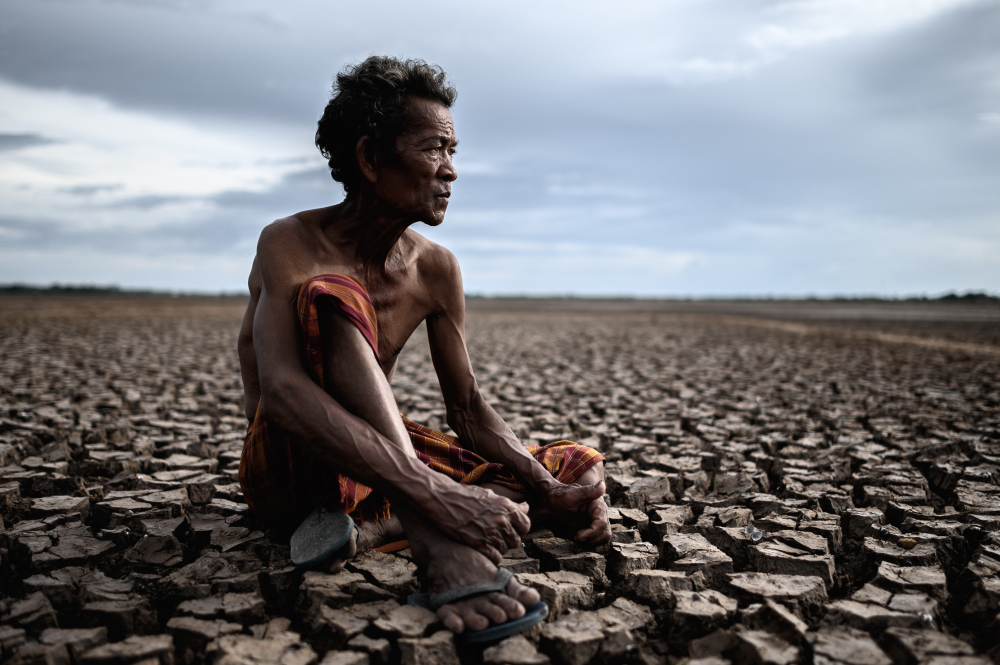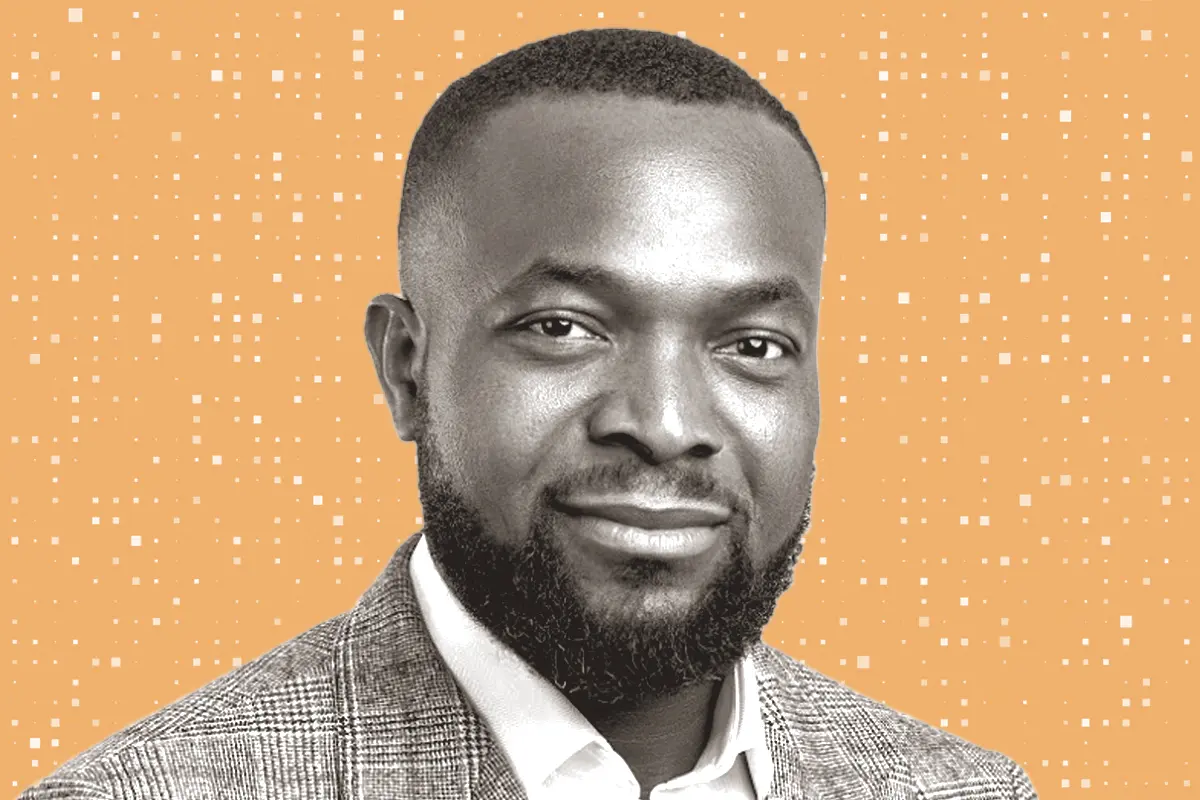“This model is a game-changer. By using data-driven AI models, you can capture more complex relationships between multiple variables that work together to help us predict malnutrition prevalence more accurately’’ Bistra Dilkina, associate professor of computer science and co-director, USC Center for Artificial Intelligence in Society(1)
One of the major causes of deaths and diseases in women and children younger than five years of age in low and middle-income countries is MALNUTRITION(2,3), which includes both Undernutrition and Nutritional deficiencies (3). Countries such as Kenya face a persistent challenge of child malnutrition, worsened by climate shocks, rising food prices, and limited access to healthcare in rural areas. Traditional interventions have been largely reactive, waiting until children are already wasted or stunted. To break this cycle, Kenya has turned to Artificial Intelligence (AI) as a proactive tool to predict and prevent malnutrition six months ahead.
The AI Forecasting Model
While food security has improved in some parts of the world, the hunger crisis in Africa is worsening, putting millions of lives at risk. Fueled mainly by conflict, extreme weather, and economic instability, with women and children facing the highest burden(4).
In response to this challenge, an artificial intelligence (AI) model that can predict acute child malnutrition in Kenya up to six months in advance has been developed by a multidisciplinary team of researchers from the USC School of Advanced Computing and the Keck School of Medicine, working alongside experts from the Microsoft AI for Good Lab, Amref Health Africa, and Kenya’s Ministry of Health, (5). In May 2025, researchers from the University of Southern California (USC) demonstrated that an AI forecasting model could predict child malnutrition hotspots in Kenya with up to 89% accuracy. The following month, Amref Health Africa, in partnership with the Microsoft AI for Good Lab and Kenya’s Ministry of Health, officially launched the model’s rollout across the country. Looking ahead, between 2025 and 2027, Kenya has set the ambitious goal of eliminating child malnutrition, with the AI system serving as a central tool to guide proactive planning and targeted interventions. Each partner institution contributed its expertise to develop a solution that will empower government and humanitarian groups to tackle community health in a new way(1).
With an 89% at one-month forecasts, 87% at three-months and 86% at six months (better than traditional baselines of 73–76%). It enables the pre-positioning of therapeutic foods, supplements, and health workers in high-risk areas. It also has the ability, with the help of hotspot detection, to identify new and emerging areas of malnutrition before they get worse(2).
Future Potential
Kenya aims to update the model monthly (instead of biannually) and also plans to expand the model to track other health threats (e.g., outbreaks, maternal health risks). Potential expansion/replication into other African countries, using DHIS2, with over 125 nations globally(2).
Kenya’s AI initiative stands as a landmark example of how data-driven health innovations can help achieve SDG 2 (Zero Hunger) and reduce child mortality. It moves Kenya from a reactive response country to a preventive health one.
REFERENCES
1. University of Southern Carlifonia. AI model offers early warning for acute malnutrition in Kenya. 2025 May; Available from: https://www.news-medical.net/news/20250514/AI-model-offers-early-warning-for-acute-malnutrition-in-Kenya.aspx
2. Girmaw Abebe Tadesse, Ferguson L, Caleb Robinson, Shiphrah Kuria, Herbert Wanyonyi, Samuel Murage, et al. Forecasting acute childhood malnutrition in Kenya using machine learning and diverse sets of indicators. 2025 May; Available from: https://journals.plos.org/plosone/article?id=10.1371/journal.pone.0322959
3. World Health Organization. Nutrition. 2017 Nov; Available from: https://www.afro.who.int/health-topics/nutrition
4. Sevil Omer. Africa hunger crisis: Facts, FAQs, and how to help. 2025 May 5; Available from: https://www.worldvision.org/hunger-news-stories/africa-hunger-famine-facts
5. Microsoft. Curbing malnutrition with AI [Internet]. 2025. Available from: https://unlocked.microsoft.com/amref/




